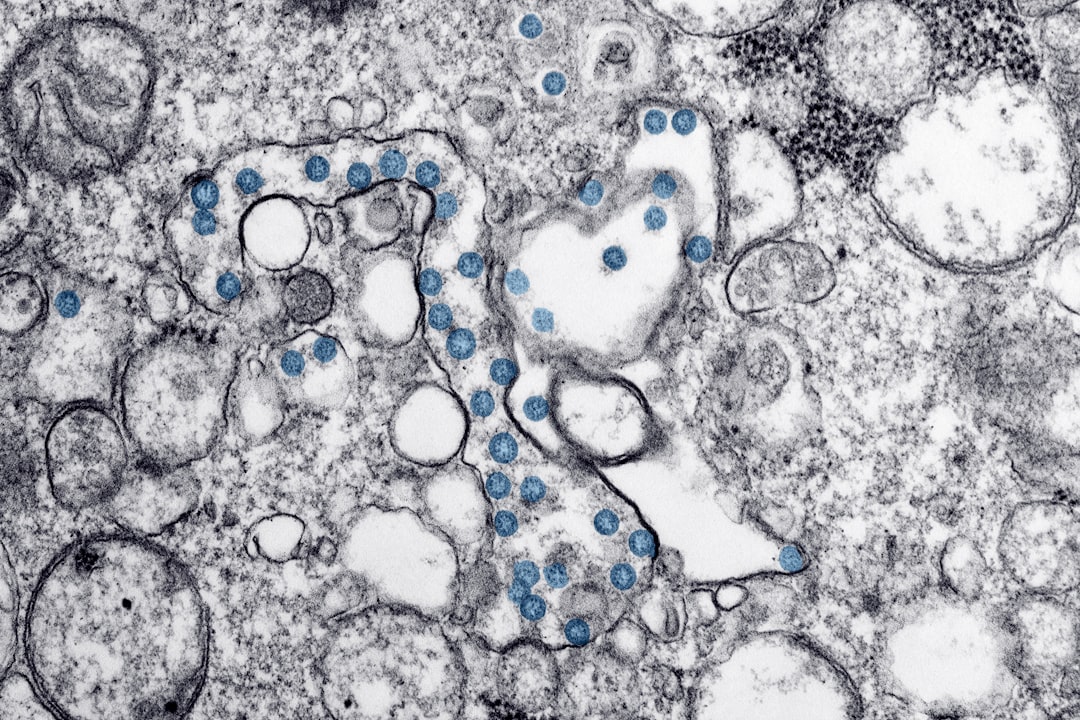What is it about?
Lichens are the product of a symbiosis between a fungus and light-harvesting organisms. New insights indicate they are more complex than previosly thought and that they contain multiple microbial species. In this work we looked at the diversity of these microorganisms in lichens from two mountain ecosystems, finding common and distinct members.
Featured Image

Photo by Erin Johnson on Unsplash
Why is it important?
The lichen symbiosis involves multiple members and is not well understood, despite having been studied for many decades. How these apparently simple organisms can live under very frugal conditions is still not very well understood. Studying the multiple members that make up these organisms could shed light on their biology and help to understand microbial interactions crucial to life.
Perspectives
This study shows that there are many different bacteria associated with lichens, some of which might hint at strategies used by lichens to survive under harsh nutrient conditions. Others can help to understand how microbes interact with each other and with fungi and be further studied as cultures in the lab.
Maria Mercedes Zambrano
Corporación Corpogen
Read the Original
This page is a summary of: The Microbiomes of Seven Lichen Genera Reveal Host Specificity, a Reduced Core Community and Potential as Source of Antimicrobials, Frontiers in Microbiology, March 2020, Frontiers,
DOI: 10.3389/fmicb.2020.00398.
You can read the full text:
Contributors
The following have contributed to this page










